#Nikon 35mm f/2
Explore tagged Tumblr posts
Video
Kids were here - on film by Amanda Creamer Via Flickr:
#coping skills#mental health#therapeutic photography#art for mental health#analog#film is not dead#35mm#grain is good#book#Nancy Drew#document your days#kids were here#documentary photography#Unicolor#C41#self developed#developed at home#Fuji Superia xtra 400#Nikon 35mm f/2#Nikon F100#flickr
0 notes
Text
FF Galore - NIKKOR Z 35mm f/1.4

In a new strategic move to reposition the S-line glasses onto the F/1.2 aperture in 2024, we have the very approachable, optically inferior USD599 Nikon Z 35mm F/1.4 introduced last week.
In having shot at 35mm all week long with the Nikon Z 24mm F/1.7, I must say it's perhaps the most versatile focal length one would need to cover any travel editorial assignment.
But if a compatible hack is what you need, may I recommend the USD229 Nikon Z 40mm F/2?
0 notes
Text
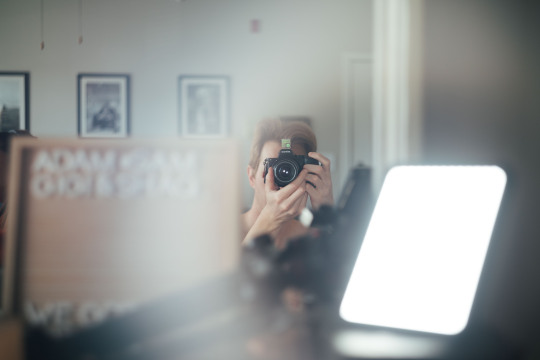
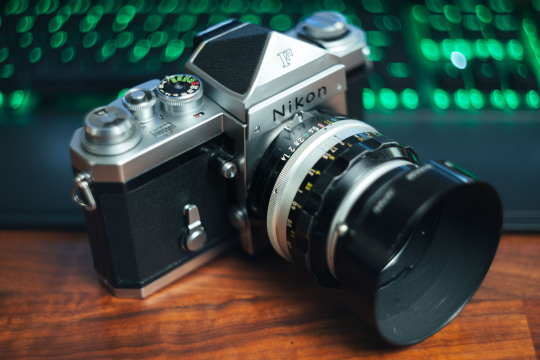
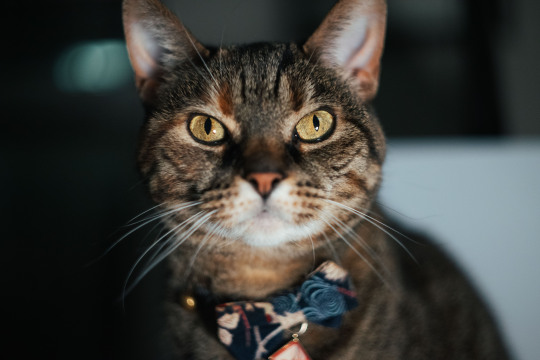


Helios 44-2 Digital Test Images
1 note
·
View note
Text
March
The month is coming to an end. I'm yearning for warm days. My month in photography has been... interesting.
This month I picked up two new pieces of gear & rented one more:
Fujifilm 70-300mm f/4-5.6
My first super telephoto lens. It's been wild. I've always enjoyed telephoto photography, but the lenses are... large. This is a nice compromise lens. It's a bit slow, but it's long as hell & fits in my smallest camera bag. Love it. Here's some photos from it.
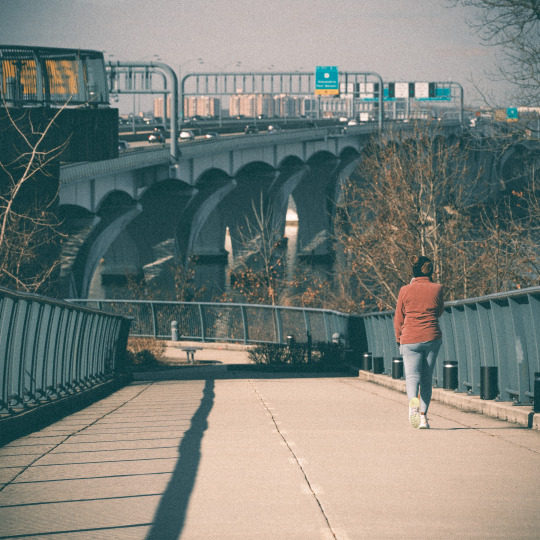
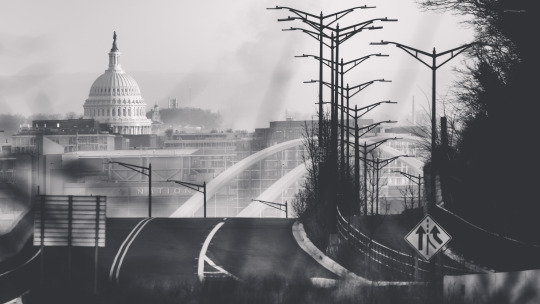

Kolari Vision IR Chrome Lite Filter
I've had a fairly busted full spectrum converted X-E1 for a while. I dunno why it took me so long to pick up an IR Chrome filter for it. IR Chrome is the whole reason I want an full spectrum camera.
My X-E1's electronic contacts don't work, so I can't use it with most of my lenses. I've landed on using a 7Artisans 35mm f/1.4 lens (only $60!) on it. The image quality isn't great, but it's been good to learn on.
IR photography gets better in the summer thanks to all the foliage. It's a bit blah right now. So, expect more of this soon.

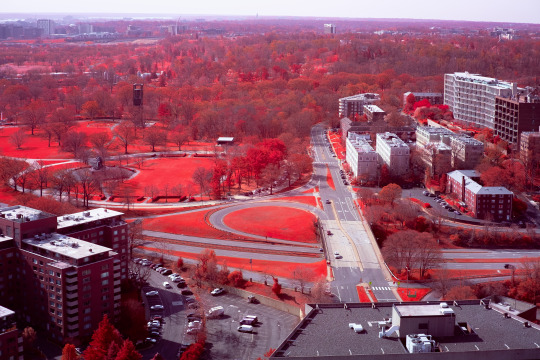
Sony RX100 VII rental
I haven't rented much camera gear. I wanted to try something low stakes first. This month I headed to Pittsburgh for a PWHL hockey game. I couldn't bring my usual cameras into the arena. So, I decided a small RX100 would be a good pick. I rented it for the weekend and got some great pics. I don't really like the camera that much, so I wouldn't get it again. I definitely am gonna look into other compact cameras though.


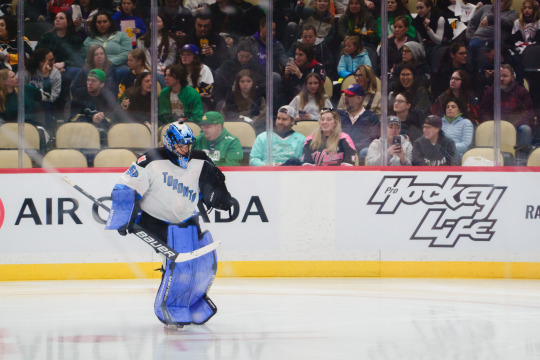
Continuing to learn the X-T5
I picked up a Fuji X-T5 after using an X-T2 (and X-H1) for a long time. I've been loving the image quality of the camera and the IBIS. The photos look phenomenal. There's a learning curve to every camera & I knew the X-T2 like the back of my hand. With the X-T5 as my main camera, I'm sure it won't take long to be second nature.
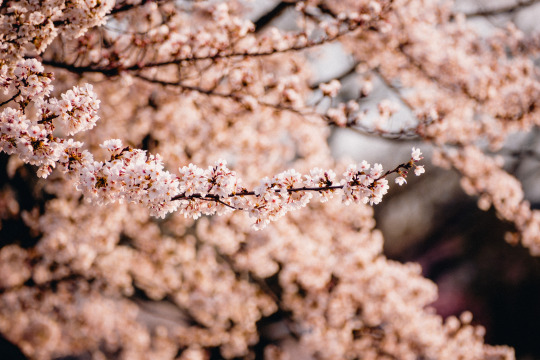

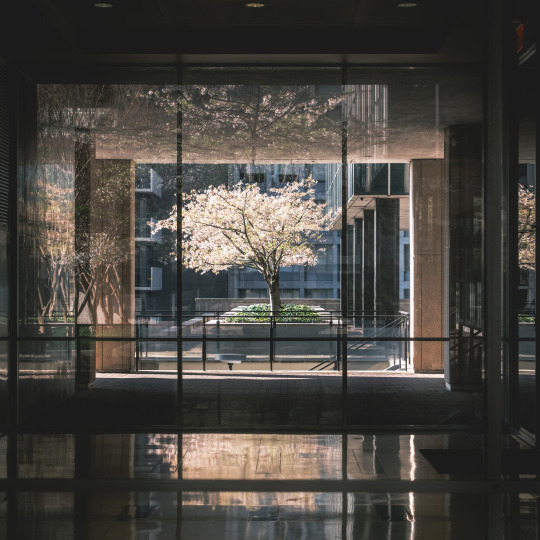
Film
I'm currently trying to shoot through a box of Portra 400. 5 rolls in my Nikon F3. I've gotten through 2 1/2 rolls. Only one has been developed, but I still need to scan them. I haven't ever tried hard to learn a specific film before. Now that I have a solid film camera, though, it seems like the right time to do it.
And that's what I've been up to this month in the world of photography
23 notes
·
View notes
Text

Northern Flicker from the Great Backyard Bird Count day! Despite being a little "bird in a box", this picture is pretty exciting for me for two reasons: 1) I don't have any detail pictures previously of a Northern Flicker! 2) This photo is 100% uncropped! I was sitting on a bench photographing collections of the other birds graving on the grass, trying to get a good wide collection with a 35mm lens, when this bird flew over and landed on a branch almost directly overhead! (maybe 13 feet away) This bird (who is a male, you can tell by the black patch under his eye) quickly noticed me and was looking skeptically, but once I started softly talking to him and myself realized I wasn't an immediate threat. He waited patiently while I switched from my 35mm lens back to my telephoto lens for a nice close up shot.
After a few moments he decided he didn't want to miss out on the feast below, and flew down with the other birds to graze in the grass next to a tree.

The flock of mixed birds feasted down there for around 20 more minutes, until a screaming of Blue Jays would alert them to a predator overhead...

A red shouldered hawk! He screamed once as he flew overhead and circled twice, before taking up perch. The flock scattered, but luckily for them, they had allies. See Blue Jays have VERY strong opinions on many things, and one of those things is that the only creature that gets to terrorize the song birds is them! As the Hawk landed in a nearby tree, the Jays ganged up, biting it in the wing, attacking it with their claws to it's back. The hawk gave up, and as it flew away with Jays biting it's rump, the song birds returned to feeding on the ground.

Hope you enjoyed this little gathering of pictures from a few weeks back. The later three are images I normally would just delete, but I thought it would be fun to add them together to explain a really amazing event I was lucky enough to watch unfold.
If you want to get into birding, I strongly recommend the app "Merlin" by Cornell Labs, it allows you to easily identify birds by their looks, or even listen to calls and identify them. It's a fantastic way to get familiar with what's outside! (First image: 300mm) (Second image: 400mm) (Third image: 500mm) (Fourth image: 300mm) All taken at 1/2500 @ f/16 with a Nikon D500.
19 notes
·
View notes
Text

35mm Nikon F4, Nikkor 50mm f/2
Queensbury, New York September 2018
4 notes
·
View notes
Video
A year in film - day 7 - Homecoming by f/5.6ish Via Flickr: Nikon FM, Nikkor 35mm f/2 Ai, Harman Phoenix
#Portsmouth#England#United Kingdom#Harman#Phoenix#Film is Not Dead#Film Photography#Shooting Film#Believe In Film#Essential Film Holder#Analogue Toolbox for Capture One#Film#Analogue#Nikon FM#Nikon#35mm#flickr
4 notes
·
View notes
Text
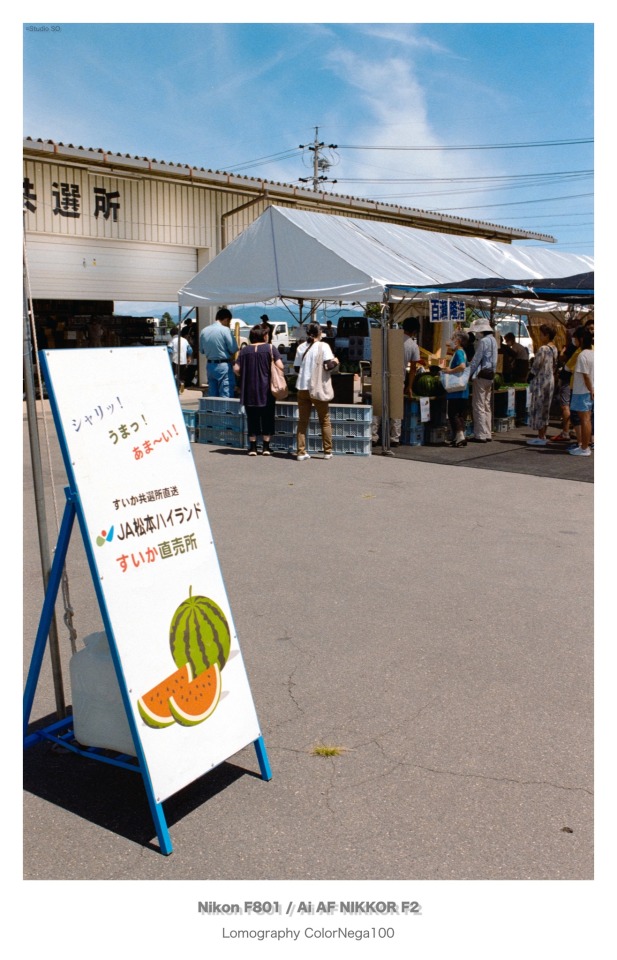
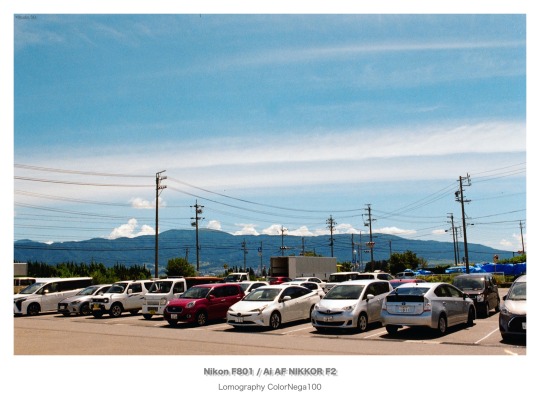
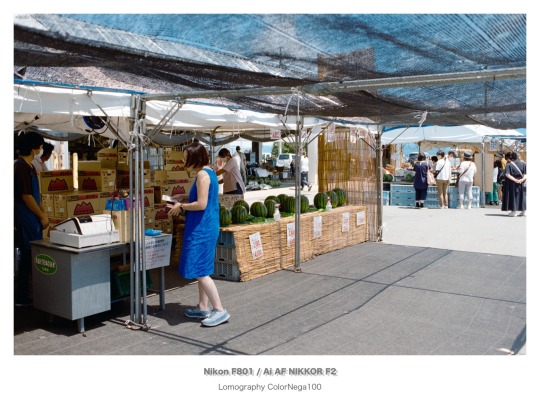
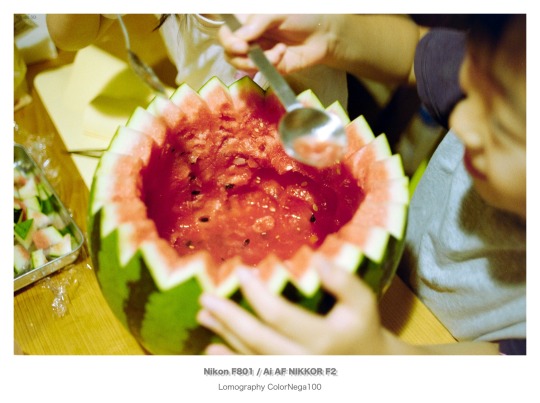

夏の記憶 / Summer memory.
Nikon F801 , Ai AF NIKKOR 35mm f/2 S
Lomography Color Negative 100
#photography#filmphotography#photographers on tumblr#original photographers#original photography blog#nikon#lomography#lomography cn100
15 notes
·
View notes
Video
Long Island City da neilsonabeel Tramite Flickr: Nikon FM2n Nikkor-O.C 35mm f/2 Fomapan 400 shot at 200 Dev: Kodak D-76 1:1 for 12 min at 68 degrees
#nikonfm2#nikon#nikkor#film#analogue#Queens#Long Island City#overpass#new york city#New York#Queens County#city#street#urban#Fompan#black and white#flickr
14 notes
·
View notes
Video
7–Hands by Amanda Creamer Via Flickr:
#The Darkroom Lab#Portra 400#Kodak#hands#therapeutic photography#35mm#analog#film is not dead#A Month On Film#Nikon 35mm f/2#Nikon#Nikon film#Nikon FE#flickr
0 notes
Text

Shot this morning, on my way to work. On the Nikon D200, with the Nikkor 35mm f/2 D. I haven't touched the colours in Lightroom.
The camera may be old. The model was released in 2005. But colours like this is the reason why those old Nikon CCD sensor cameras have such dedicated fans.
And they're dirt cheap these days. Just ordered its little brother, the D60 (released in 2008), yesterday. Paid about 40 Euros. Including shipping.
4 notes
·
View notes
Text


Cumpleaños y aniversario de abuelitos! 😍 Nikon D7000 - f/2 - 1/100s - ISO 200 - 35mm
0 notes
Text
Best Camera for Wide Angle Shots: Top Picks and Features
For capturing expansive scenes, landscapes, and architecture, choosing the best camera for wide angle shots is crucial. The right camera, combined with a suitable wide angle lens, will enable you to capture more of the scene, maintain sharpness, and minimize distortion.
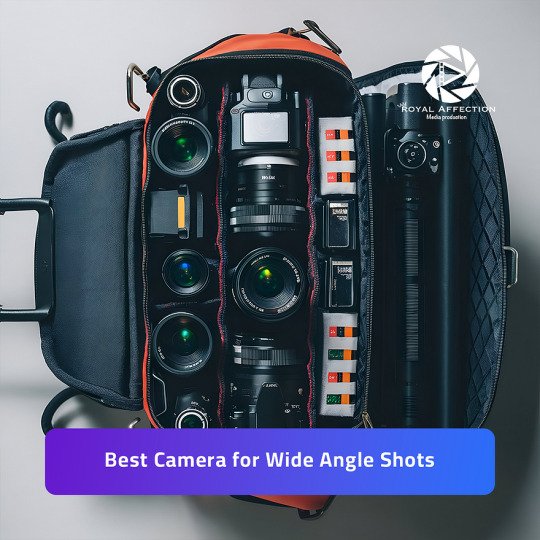
Why Choose a Camera Designed for Wide Angle Shots?
Wide angle photography excels in scenarios where you want to capture a large portion of the scene within a single frame. This can include everything from vast landscapes and cityscapes to tight indoor spaces. The benefits of using a dedicated camera for wide angle shots include:
Broader Field of View: Wide angle lenses allow you to capture a larger portion of the scene without moving farther back.
Creative Perspectives: Wide angle lenses create unique perspectives that exaggerate depth, making scenes appear more immersive.
Minimized Distortion: Cameras designed for wide angle shots often come with lenses that have advanced optics, reducing common wide angle distortions like barrel distortion.
Top Cameras for Wide Angle Shots
Here’s a look at some of the best cameras for wide angle photography, considering sensor quality, lens compatibility, and overall performance:
1. Canon EOS R5
Sensor: 45MP Full-frame CMOS
Features: 8K video, 5-axis in-body image stabilization, high-resolution electronic viewfinder.
Best Paired Lens: Canon RF 15–35mm f/2.8L IS USM
Why It’s Great: The high resolution and excellent dynamic range make it ideal for detailed wide angle shots, while the in-body stabilization ensures sharp images.
2. Sony Alpha a7R IV
Sensor: 61MP Full-frame
Features: 15-stop dynamic range, real-time eye autofocus, and a weather-sealed body.
Best Paired Lens: Sony FE 16–35mm f/2.8 GM
Why It’s Great: Its high megapixel count allows for stunningly detailed images, and it’s a great option for both landscape and architectural photography.
3. Nikon Z7 II
Sensor: 45.7MP Full-frame
Features: Dual EXPEED 6 image processors, 4K UHD video recording, 5-axis in-body stabilization.
Best Paired Lens: Nikon Z 14–30mm f/4 S
Why It’s Great: The Z7 II’s lightweight build and superb lens selection make it a versatile option for capturing expansive scenes.
4. Fujifilm GFX 100S
Sensor: 102MP Medium-format
Features: 16-bit color depth, large dynamic range, and in-body stabilization.
Best Paired Lens: Fujinon GF 23mm f/4 R LM WR
Why It’s Great: The GFX 100S delivers exceptional image quality, making it perfect for professionals looking for top-tier medium-format performance in wide angle shots.
5. Panasonic Lumix S1R
Sensor: 47.3MP Full-frame
Features: Dual image stabilization, high-resolution mode for 187MP images, rugged and weather-sealed body.
Best Paired Lens: Lumix S Pro 16–35mm f/4
Why It’s Great: The camera’s advanced stabilization and high resolution are perfect for capturing stunning detail in wide angle shots, making it an excellent choice for landscape and architecture photographers.
What to Look for in the Best Camera for Wide Angle Shots
When choosing a camera for wide angle shots, consider these key factors:
Sensor Size: Full-frame sensors offer a wider field of view and better image quality, making them ideal for wide angle photography. However, crop sensors can also perform well if paired with the right lenses.
Lens Compatibility: Choose a camera that offers compatibility with high-quality wide angle lenses. Focal lengths between 10mm and 35mm are ideal for wide angle shots.
Image Stabilization: Built-in image stabilization helps to reduce camera shake, ensuring sharp images, especially when shooting handheld.
Autofocus Performance: Fast and accurate autofocus is essential for capturing wide angle shots, especially in dynamic environments.
Dynamic Range and Resolution: A higher dynamic range helps capture more detail in shadows and highlights, while a higher resolution allows for sharper images.
Conclusion
Choosing the best camera for wide angle shots involves considering factors like sensor size, lens compatibility, image stabilization, and resolution. From the Canon EOS R5 to the Fujifilm GFX 100S, the options listed above offer excellent performance and features for capturing expansive scenes with exceptional clarity.
Ready to capture breathtaking wide views? Contact a photography expert or visit a camera store to explore these models and find the best one for your photography needs.
🔗Read More: https://royalaffectionmedia.com/best-camera-for-wide-angle-shots/
0 notes
Text

New York Nighttime Magic: Tips photographers 👉 https://bysumex.com/new-york-nighttime-magic-tips-photographers/
New York City transforms into a dazzling wonderland at night, where every street corner holds a bit of magic. For photographers, this is the golden hour—when the city’s vibrant energy comes to life under the glow of neon lights and towering skyscrapers. Here are some tips and top locations for capturing the best nighttime shots in NYC:
📸 Tips for Night Photography in NYC:
Use a Tripod: To avoid blurry shots in low light, a tripod is essential. It allows for long exposures, capturing the motion of the city while keeping stationary objects sharp.
Play with ISO: Start with a low ISO to minimize noise. If needed, gradually increase it to balance light sensitivity with image quality.
Long Exposure: Capture the hustle and bustle of the city with long exposure shots. This technique is perfect for getting those streaks of car lights or the flow of people.
Focus Manually: Autofocus can struggle in low light. Switch to manual focus to ensure your shots are crisp and clear.
Experiment with Angles: NYC offers endless perspectives. Get creative by shooting from different heights, whether it’s from a rooftop, street level, or even the reflection in a puddle.
Use Reflections: Look for reflections in puddles, windows, and other surfaces to create interesting compositions that capture the city’s lights in unique ways.
Mind the White Balance: Streetlights can cast a yellow hue over your images. Adjust your white balance to capture the true colors of the city.
🌆 Top Locations for Night Photography in NYC:
Brooklyn Bridge: Capture the iconic bridge with the Manhattan skyline as a backdrop. The view from the Brooklyn side, especially near Dumbo, is breathtaking at night.
Times Square: The heart of NYC, Times Square is a photographer’s paradise with its vibrant lights and bustling crowds. It’s the perfect spot for capturing the essence of the city that never sleeps.
Empire State Building: For an unbeatable view of the city, head to the Empire State Building’s observation deck. The panorama of NYC’s glittering skyline is unmatched.
Top of the Rock: Another excellent vantage point is the Top of the Rock at Rockefeller Center. You’ll get a fantastic view of the Empire State Building and Central Park.
Central Park: At night, Central Park offers a serene contrast to the city’s hustle. The Bow Bridge and Bethesda Terrace are especially photogenic with soft lighting and reflections on the water.
Roosevelt Island Tramway: Ride the tram for a unique perspective of the city. The aerial view of Midtown Manhattan at night is a hidden gem for photographers.
Lower East Side: For a more gritty, urban vibe, explore the Lower East Side. The neon signs and murals make for vibrant, edgy photos.
One World Observatory: The views from the One World Trade Center at night are awe-inspiring, offering a bird’s-eye view of the city lights stretching far into the distance.
New York City at night is a photographer’s dream, full of contrasts, colors, and the electric energy that makes it one of the most photographed cities in the world. So grab your camera, head out into the night, and capture the magic!
When photographing New York City, especially at night, choosing the right lens can make a significant difference in capturing the city’s iconic skyline, street scenes, and vibrant energy. Here are some of the best lens options for NYC photography:
1. Wide-Angle Lens (14-24mm or 16-35mm):
Why? A wide-angle lens is essential for capturing the grandeur of NYC’s skyline, expansive cityscapes, and architectural shots. This lens allows you to fit more of the scene into your frame, making it perfect for shooting in tight spaces or for capturing the full scale of tall buildings and broad streets.
Recommended: Nikon 14-24mm f/2.8, Canon 16-35mm f/2.8, Sony 16-35mm f/2.8.
2. Standard Zoom Lens (24-70mm):
Why? A versatile standard zoom lens offers flexibility, allowing you to shoot wide-angle cityscapes, street scenes, and close-ups without changing lenses. The 24-70mm range is perfect for capturing the diversity of NYC, from wide shots of Times Square to more intimate street portraits.
Recommended: Canon 24-70mm f/2.8, Nikon 24-70mm f/2.8, Sony 24-70mm f/2.8.
3. Prime Lens (35mm or 50mm):
Why? Prime lenses with a fixed focal length offer excellent sharpness and low-light performance, making them ideal for street photography and night scenes in NYC. The 35mm lens is great for environmental portraits and wider street scenes, while the 50mm (“nifty fifty”) is perfect for classic street photography and portraits with a natural perspective.
Recommended: Sigma 35mm f/1.4, Canon 50mm f/1.2, Nikon 50mm f/1.8, Sony 50mm f/1.4.
4. Telephoto Lens (70-200mm):
Why? A telephoto lens is ideal for capturing distant details, such as the tops of skyscrapers, bridges, or compressing perspective for a unique view of the city’s architecture. It’s also great for isolating subjects and creating beautiful bokeh effects in portraits.
Recommended: Canon 70-200mm f/2.8, Nikon 70-200mm f/2.8, Sony 70-200mm f/2.8.
5. Ultra-Wide Lens (10-18mm or 12-24mm):
Why? For extreme perspectives and dramatic shots, an ultra-wide lens can capture the vastness of NYC’s streets or the interior of grand buildings like Grand Central Station. It’s a creative tool for emphasizing the scale and grandeur of the city.
Recommended: Canon 10-18mm f/4.5-5.6, Nikon 12-24mm f/4, Sony 12-24mm f/4.
6. Fast Aperture Lens (f/1.2 or f/1.4):
Why? Lenses with fast apertures (like f/1.2 or f/1.4) are invaluable for night photography in NYC. They allow more light into the camera, enabling you to shoot in low light without raising the ISO too high, which helps maintain image quality with minimal noise.
Recommended: Canon 50mm f/1.2, Sigma 35mm f/1.4, Sony 85mm f/1.4.
Each lens offers a unique perspective on New York City, allowing you to capture its many facets, from the towering skyscrapers to the intimate street scenes. Depending on your photography style and what you aim to capture, these lenses will help you get the most out of your NYC photo adventures
#nyc #travelphotographer #travelblogger
0 notes
Text

Again My Lunchtime Hour as I went out in photographing the SOMA area a I seen 2 dumpsters, and a boarded up door.
Camera - Nikon Ftn with 35mm F/2.8 Nikkor Lens Film - Fuji Fujifilm Neopan400 B/W film
0 notes
Text

Contre-Jour
Nikon FE
Objectif Nikkor 50mm f/2
Pellicule OneHundRed 100 35mm
0 notes
